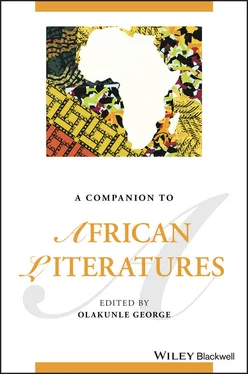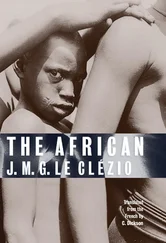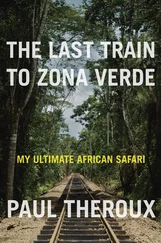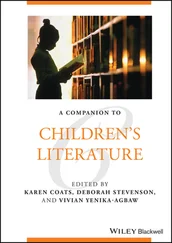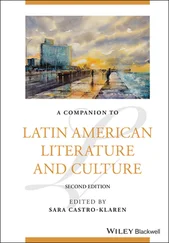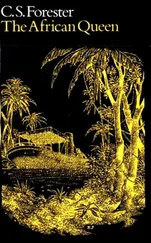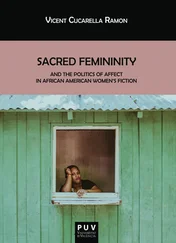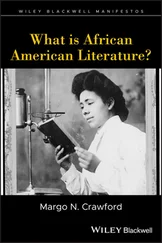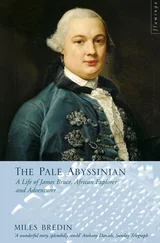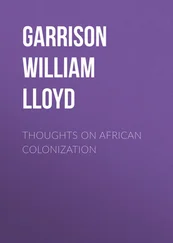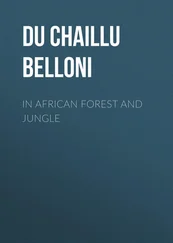On its part, apart from the distinction of never being colonized, Ethiopia also holds the distinction of having “the only extended written tradition predating both the Arabic and European incursions into the continent,” initially in Geʿez, then in Amharic, whose literary tradition is over a thousand years old (Griffiths 2000, 262). Griffiths notes the influence of this tradition on English‐language Ethiopian writing, evident in works such as Sahle Sellassie’s Warrior King (1974) – a historical novel reimagining the unification of Ethiopia under Kassa Hailu aka Emperor Tewodros II – and plays such as Tsegaye Gabre‐Mehdin’s Collision of Altars (1977). For Griffiths, Ethiopian writing in English retains a fascination with historical settings, as seen in more recent writing such as Bereket Habte Sellassie’s reimagining of the unseating of Emperor Haile Selassie, in his 1993 novel Riding the Whirlwind . However, it is Daniachew Worku’s The Thirteenth Sun (1973) that Griffiths considers the most accomplished Ethiopian English novel of the twentieth century, in part owing to its sophisticated treatment of modern Ethiopian cultural struggles with the tensions between traditional animist practices and the equally traditional Ethiopian Coptic Christianity (Griffiths 2000, 263–264). Gebra Selasie Tesfay’s The Company of My Shadow (1993) offers autobiographical insights into the Mengistu Haile Mariam regime that succeeded Emperor Haile Selassie’s rule, by reflecting on the author’s own involvement in the Ethiopian People’s Revolutionary Democratic Front (EPRDF), which ousted the Mengistu‐led Derg regime in 1991. This is a subject he shares with Maaza Mengiste, whose debut novel Beneath the Lion’s Gaze (2010) reimagines the fall of the emperor and the transition into the Derg’s rule that plunged Ethiopia into a seven‐year reign of terror under the autocracy of Mengistu Haile Mariam. Hama Tuma’s The Socialist Witchdoctor and Other Stories (1993) uses black humor to sketch out the absurdities of the ostensibly socialist Derg regime in Ethiopia following Emperor Selassie’s deposition and death. Dinaw Mengestu’s writing too is preoccupied with the impact of the fall of the Selassie empire and the scarred lives that have since unfolded for Ethiopians in the diaspora. With three novels to his name so far – The Beautiful Things that Heaven Bears (2007), How to Read the Air (2010), and All Our Names (2014) – Mengestu’s meditations on the emotional costs of the displacement and the infinite betrayals of the American dream for African migrants remain remarkable in their sensitive rendition of the scalding emotional scars of migrant experience.
Gikandi considers East African writing over the last century as having been driven by “the dialectic between [the] forceful desire by European powers to reshape the region to serve imperial interests, and the equally powerful need of colonized Africans to secure their autonomy” (Gikandi and Mwangi 2007, 1). Yet, he is quick to point out the uniqueness of the region, owing to its encounters with the two forces that have proven decisive in shaping African literary imaginaries: globalization and Christianity. Of the former, growing scholarship on Indian Ocean Worlds emphasizes what Isabel Hofmeyr has described as Indian Ocean Worlds’ transnational modes of imagination that preceded European imperialism (Hofmeyr 2012, 585) and which were largely embedded in religious and cultural Islam. At the same time, while Christianity and the mission school remain key protagonists in East African letters, “Christianity in East Africa, introduced to Ethiopia from the Near East in the fourth century, is older than the European Christian church” (Gikandi and Mwangi 2007, 2). Despite seemingly pulling in different religious directions, the predominance of Islam in the Eastern African coast and its powerful imprint on Swahili literatures and cultures have meant that even decidedly Christian communities are in some ways culturally inflected with Islam, a scenario that is most visible in Tanzania and coastal Kenya.
Gikandi flags a number of historical moments in the region: the growth of mercantile civilizations along the East African coast between 1000 and 1500, coupled with the encounter with Portuguese explorer Vasco da Gama in 1498, resulting in a two‐century Portuguese reign over the region’s coastline before their expulsion in 1699. In the interior, Gikandi writes, 1600–1850 was marked by elaborate patterns of mobility, settlement, and resettlement of communities. This is followed by the rise of the East African slave trade, which reached its peak in the 1820s. The end of the East African slave trade in 1917 somewhat overlapped with the intensification of colonial rule in the region, predominantly British driven: “from 1844 to 1866, missionaries, traders and adventurers turned their attention to East Africa, finally ushering the region into the orbit of empire” (Gikandi and Mwangi 2007, 4). Further, he notes, the early decades of the twentieth century “focused on transforming the infrastructure of the countries of the region to fit the larger framework of colonial governance, [through] building of both the Kenya‐Uganda and central Tanganyika railways; the introduction of cash crops such as coffee, cotton and sisal as widely as possible; and the settlement of white settlers in Kenya,” along with the establishment of “the first institutions of colonial governance” (Gikandi and Mwangi 2007, 4).
World War II had two important effects on the East African region. Coming as it did five years after Italian dictator Benito Mussolini’s invasion of Ethiopia and exile of Emperor Selassie, the Italian alliance with Germany and their occupation of British Somaliland provoked Britain into mobilizing African troops against Italy, turning Northeast Africa into a fierce battle ground. Ethiopian Abbie Gubegna’s Defiance (1975) and compatriot Maaza Mengiste’s The Shadow King (2019) explore the Italian invasion of Ethiopia, while Somali British novelist Nadifa Mohamed revisits these histories in her 2009 novel, Black Mamba Boy , interweaving her father’s autobiographical tale with regional histories spanning Somalia, Ethiopia, Eritrea, and Djibouti. At the same time, the recruitment of young Africans to go and fight in India, Burma, and Palestine remains an important sliver of military histories in the region, since, as Gikandi notes, these young East Africans “were first exposed to the larger world, discovering other Africans and Asians whose colonial experiences and grievances mirrored their own and, in the process, cultivating the spirit of nationalism. Returning home after war, these young men radicalized the nature of politics in the region” (Gikandi and Mwangi 2007, 6). Indeed, a recurrent trope in African literature – and East Africa is no exception – is the figure of the Burma war veterans who return with a new sense of urgency and possibility of freedom. But these wars also wrought extensive damage to the region’s communities, not only as battle grounds, but in the shape of the loss of young energetic men. This loss is the subject of a distinct body of writing by Kenyan women novelists on the impact of World War II on the Nyanza basin. David Yenjela’s forthcoming work on the fiction of Marjorie Oludhe Macgoye, Grace Ogot, and Yvonne Owuor explores literary reflections on the cost of war on the region’s economies and histories.
Meantime, Somalia – which attained political independence in 1960, following the unification of British Somaliland and Italian Somaliland – is a country whose turbulent history puzzles many observers because, unlike many other ethnically and culturally diverse African countries haunted by conflict, Somalia is ethnically and linguistically homogeneous. After eight short years of relative peace, Somalia found itself under the military dictatorship of Mohamed Siad Barre, who remained in power until his deposal in 1991 and the subsequent secession of British Somaliland. Griffiths emphasizes the centrality of oral poetry in Somali literary imaginaries, where, in part owing to the clan system, “the poet plays a vital role in creating cohesion within the clan and in negotiating relationships between subgroups, as well as between conflicting internal factions” (2000, 267). Among the titles Griffiths surveys are translations of Somali oral poetry into English, including Canadian Margaret Laurence’s A Tree for Poverty: Somali Poetry and Prose (1954) and B. W. Andrzejewski’s Leopard among the Women: A Somali Play (1974). Early Somali writers in English include Omar Eby, whose anthology The Sons of Adam: Stories of Somalia was published in 1970; Ahmed Artan Hanghe’s autobiographically inflected The Sons of Somal (1993); and Ahmed Omar Askar’s biographical anthology, Sharks and Soldiers (1992). Apart from the prolific Nuruddin Farah (see below), three interesting women writers drawing international attention are the aforementioned Nadifa Mohamed, with two well‐received novels to her name; Somali‐Italian Christina Ali Farah, whose novel Little Mother (2011), translated from Italian, is a gripping portrait of the experiences of Somali migrants in Italy; and British Somali poet Warsan Shire, whose collections Teaching My Mother How to Give Birth (2011), Her Blue Body (2015), and Our Men Don’t Belong to Us (2015) have attracted widespread attention from scholarly and general readerships alike.
Читать дальше
